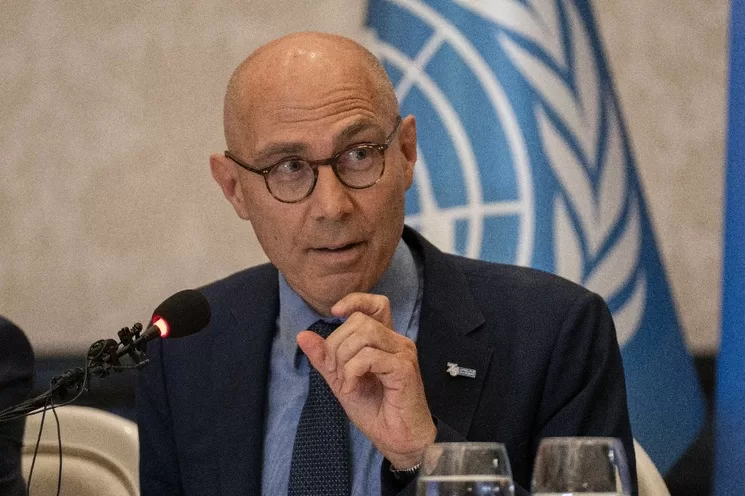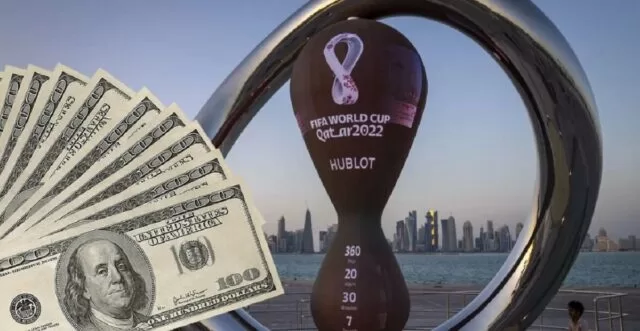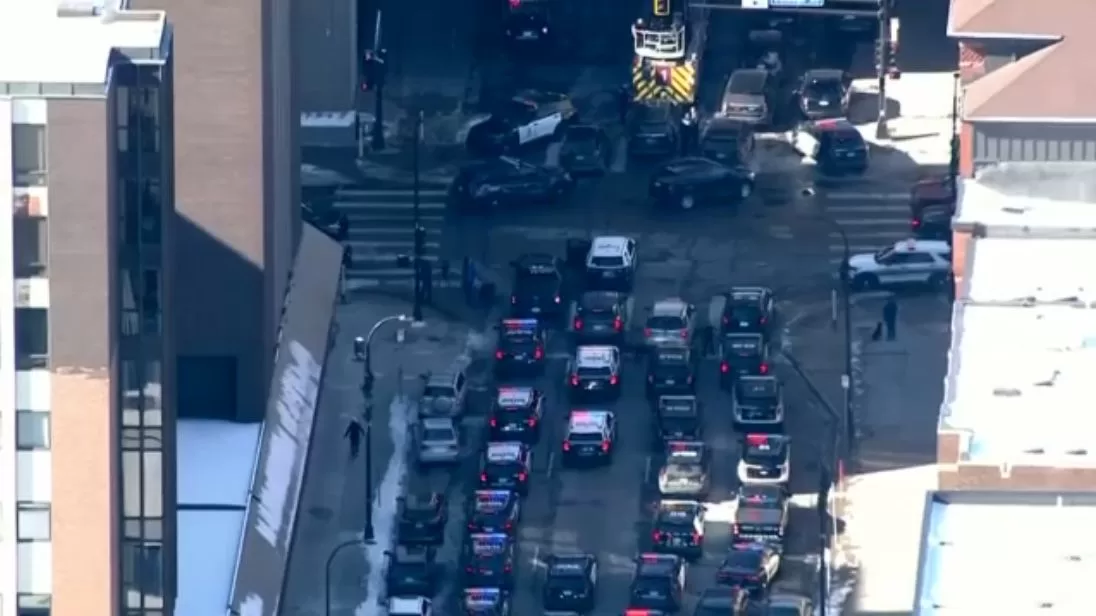Anyone who wants to watch a powerful, well-made and extremely necessary documentary can now check it out in theaters Chronicle of a Broken City. About an hour and a half long, the production addresses one of the biggest social problems in Brazil: the escalation of violence in large cities, driven by the lack of urban planning.
Mixing black and white images of the main favelas in Rio de Janeiro, with testimonials from residents, former drug dealers and even politicians, the work tells how the Cidade Maravilhosa became a space marked by natural beauty and also by the constant violence arising from criminality. .
Who tells this story are Jonathan and Dudu, two former drug dealers who, after (many) stints in Rio’s penitentiaries, decide to leave the world of crime and try new paths. In addition to them, complete the plot Paulo César Pereira, the president of the association of residents of Cruzada; Rômulo, an elite police officer; two community activists (Dona Vera and Valéria), journalist André Trigueiro; and Bruno, who owns a local barber shop.
Through them, we are introduced to the reality of most cariocas, especially those who live in the so-called Cruzada, a housing complex created in the 1950s by the Catholic Church with the aim of providing housing for people in situations of social vulnerability.
Managed with a firm hand by Sister Eni, the place was, for many years, an example of community housing, but after her death it began to deteriorate, becoming a point of trafficking. The decline began 30 years after its construction, in the 1980s, when the apartments were transferred to the property of residents.
From then on, what was a quiet place became one of the cradles of crime, sheltering drug dealers, robbers and murderers and being sometimes commanded by the ADA (Amigo dos Amigos), sometimes by the CV (Comando Vermelho), two of the main criminal factions cariocas.
Everyone’s Responsibility
An interesting point of director Ricardo Nauenberg is that he does not exempt the population from responsibility for what happens in the city. This is because, in addition to the imminent trafficking, the residents of Cruzada also totally neglected the opportunities they had, favoring the establishment of crime in the complex. To point to a single villain is to simplify the history of Rio de Janeiro and reduce the problems to a simple social issue when in fact it is more than that.
Another hit from Chronicle of a Broken City it was not to chicken out and show how the police (military, civil and riot police) are corrupt and not only turn a blind eye to crimes, but also favor them, selling weapons to criminals and allowing drugs to cross borders.
Jonathan says that such corruption even happens within the Army, where he managed to get weapons to sell to drug dealers in his region.
The fourth power: the militiamen
If in Rio de Janeiro there are three main powers (the ADA, the CV and the Third Command), there is still one that has become increasingly imposing: the militia. Characterized as a parallel power formed by armed civilians and police (or former police), the militia uses force and fear to extort the population, usually in spaces where the presence of the State is non-existent.
And, it is clear that it has gained more and more prominence both in the hills and on the asphalt. It is worth mentioning that Chronicle of a Broken City had the testimonies recorded in 2017, a year before the election of Jair Bolsonaro to the presidency, a ruler appointed by many as one of the main politicians who favored the militias in Rio de Janeiro.
Crime and society: what about the population?
Another success of the documentary is to show more realistically how Rio society — both the rich and the poor — live in the midst of this growing (and old) wave of violence. At one point, Jonathan says that just as the city has changed over the years, the way criminals deal with citizens has also changed.
He reveals that when crime arrived in Cruzada, the owner of the mouth did not allow children to be close to drug trafficking and violence, protecting them from that reality in a way. Today, because they realize that children are “mules” that are easy to get into jail, they end up using them as a way to bring something into the prison. This shows that crime has evolved into greater cruelty and disrespect.
Documentary succeeds in not falling into demagoguery
It is not uncommon to see documentaries that, although they address important issues like this, end up falling into demagoguery or an exaggerated dramatization of the case. Fortunately this does not happen with Chronicle of a Broken Citywhich even offers possible solutions at the end, but does not seek to be the savior of the fatherland or try to solve all the world’s problems.
Thus, it is easy to conclude that the film is cohesive, well written and helps to bring out important, not well known stories, such as the Crusade itself. Who wants to give a chance to Chronicle of a Broken Cityyou can watch it in theaters now.






